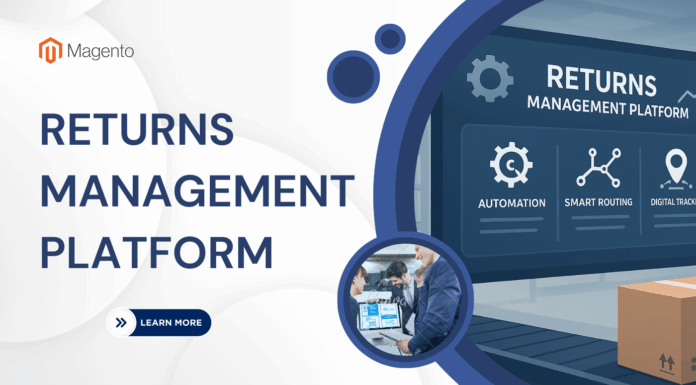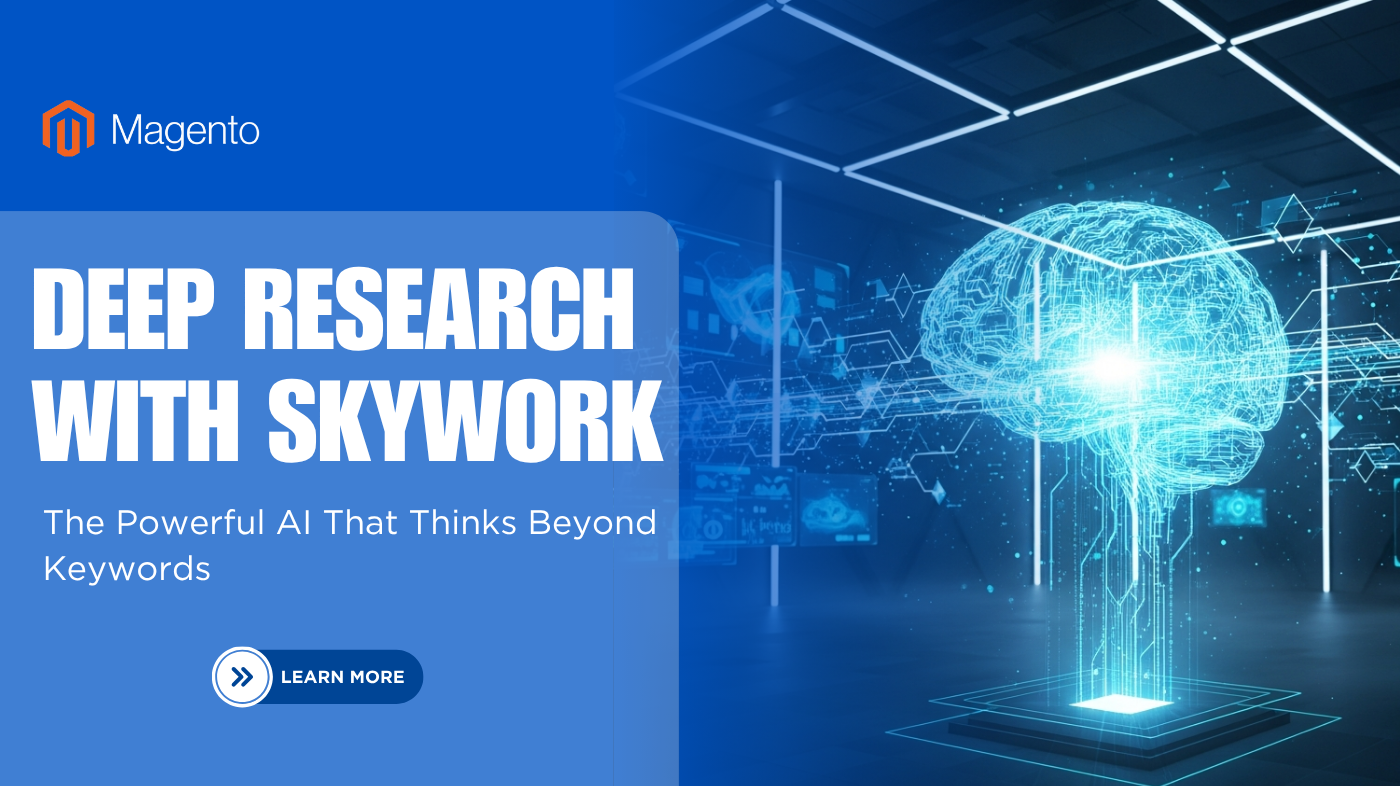
Welcome to a new era of investigation where artificial intelligence moves beyond simple search. Instead of just finding information, these systems analyze problems with strategic thinking.
Skywork has developed a groundbreaking platform that uses a multi-level agent framework. This approach breaks down complex questions into manageable investigative steps. The system coordinates specialized tools to work together efficiently.
Traditional search engines point you to sources. Skywork’s intelligent agent actually processes information like a team of experts. It cross-references findings and delivers comprehensive analysis.
This isn’t a basic chatbot. It’s an autonomous system that manages projects strategically. The framework adjusts its approach based on discoveries, creating dynamic investigation pathways.
The technology uses a Tool-Environment-Agent protocol. This allows different specialized components to collaborate seamlessly. The result is thorough analysis across diverse and complex domains.
Table of Contents
I. Understanding the Deep Research Landscape
Today’s information landscape demands more than just quick answers. It requires a thorough and connected understanding of complex topics. This is where the concept of deep research becomes essential.
1. What is Deep Research?
Deep Research is a fundamental shift from simple information retrieval. Instead of finding a single fact, these systems conduct a full investigation. They break a big question into smaller, manageable tasks.

An agent might search the web, analyze a document, or process data. As it gathers findings, it reflects and adjusts its plan. The goal is a well-supported insight, not just a quick reply.
2. The Role of AI in Modern Information Analysis
Artificial intelligence transforms how we handle information. Modern systems act like a coordinated team of specialists. Each agent focuses on a specific part of the analysis.
This approach allows for processing diverse data types. It can find patterns a person might miss. For example, asking about bioinformatics companies yields a full market analysis from multiple sources.
This dynamic process turns linear data gathering into an intelligent, iterative investigation. It forms the powerful foundation of today’s most advanced analytical platforms.
II. The Evolution of Agent-Based Deep Research
The development of AI research systems has followed an intriguing path from simple designs to sophisticated collaborative frameworks. Early approaches struggled with complex tasks that required flexible thinking.
Initial systems used rigid plans that couldn’t adapt to new information. This limited their effectiveness for challenging investigations.
From Single-Agent Systems to Hierarchical Multi-Agent Frameworks
Early single-agent designs attempted to handle everything with one AI model. This approach often overwhelmed the system when facing complex queries.
The breakthrough came with hierarchical multi-agent frameworks. These systems distribute work across specialized components.
A top-level planning agent coordinates the overall strategy. Specialized lower-level agents handle specific tasks efficiently.
This architecture mirrors how human teams operate successfully. The Deep Orchestrator model represents the current state-of-the-art approach.
It runs simplified planning-execution cycles with verification steps. This allows the system to adapt based on what it learns during investigation.
Modern frameworks demonstrate that effective AI systems require smart collaboration. Multiple specialized agents working together achieve better results than any single agent alone.
III. Leveraging Deep Research Skywork for In-depth Insights
Modern investigation tools now operate through coordinated specialist components rather than single-purpose systems. This approach delivers comprehensive analysis through teamwork between specialized agents.
Why Skywork is Changing Research Methodologies

The platform transforms how we approach complex questions. Instead of relying on single tools, it deploys multiple specialized agents that work together.
Each component handles specific tasks like analysis, web searching, or tool coordination. This collaborative framework mimics how expert human teams operate effectively.
The system’s architecture includes five distinct specialist agents. They cover everything from deep analysis to automated browser operations.
IV. Key Advantages and Advanced Features of Skywork Agents
Performance results demonstrate exceptional capabilities across different complexity levels. The system achieved an 83.39 average on the GAIA benchmark.
Specialized agents include the Deep Analyzer for insight extraction and the Deep Researcher for comprehensive topic investigation. Browser automation handles web operations seamlessly.
Context isolation prevents interference between different investigation threads. This allows massive parallel processing for faster results.
The extensible architecture supports easy integration of additional tools. This flexibility ensures the system can adapt to evolving analytical needs.
V. Integrating Agent Protocols and the Model Context Protocol (MCP)
Imagine being able to connect any tool to your AI system as easily as plugging in a USB device. That’s the power of modern agent protocols. These standards create universal interfaces that transform how intelligent systems interact with external resources.
1. Understanding the TEA Approach and Its Relevance
The Tool-Environment-Agent framework offers remarkable flexibility. Developers can adjust components like brewing tea to create custom blends for specific needs. This approach makes building intelligent systems more accessible and adaptable.
Instead of rigid, hard-coded integrations, the TEA method allows dynamic adjustments. It supports various configurations without requiring extensive reprogramming.
2. Enhancing Capabilities Through Standardized Protocols
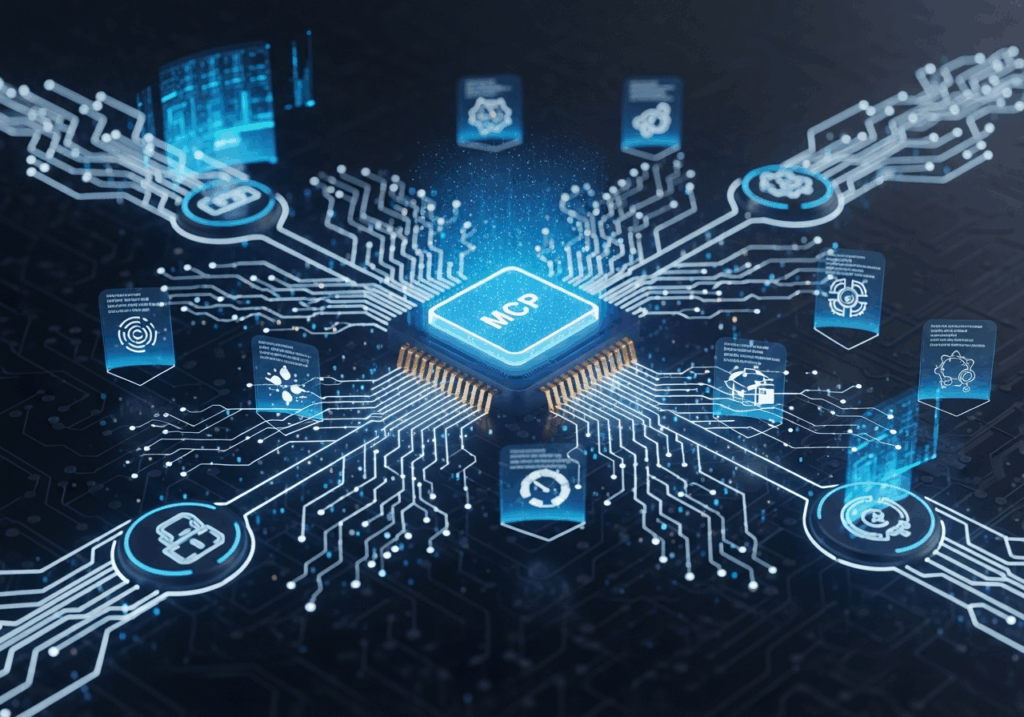
The Model Context Protocol (MCP) acts as a universal nervous system for AI. It connects agent “brains” to external tools seamlessly. This open standard eliminates the need for custom, brittle integrations.
Think of MCP as the USB-C port for artificial intelligence. Any MCP-compatible tool can connect without special adapters. This context protocol enables dynamic discovery and registration of capabilities.
When tools become MCP servers, agents can automatically discover and use them. The model context approach ensures compatibility across diverse applications. This standardization represents a major advancement for intelligent systems.
VI. Exploring the Architecture and Framework of Skywork AI
Effective task coordination in AI platforms stems from a well-planned hierarchical arrangement of specialized components. This intelligent design mirrors how successful organizations distribute complex work across expert teams.
The system’s architectural foundation uses a two-layer structure for optimal performance. At the top level, a Planning Agent understands user requests and breaks them into manageable pieces.
1. Hierarchical Structure for Complex Task Management
This framework ensures each specialized component focuses on its specific role. The Planning Agent assigns sub-tasks to the most appropriate lower-level agents.
Context isolation prevents information from different threads from interfering. Each agent maintains its own memory and focus, keeping the entire operation organized.
2. Scalability, Reliability, and Dynamic Coordination
The architecture demonstrates impressive scalability when handling broad queries. Comparing multiple products triggers separate agents for independent investigation.
Dynamic coordination represents a key innovation in this framework. The top-level agent actively monitors progress and adjusts priorities based on discoveries.
Reliability comes from built-in verification loops that check whether objectives are met. The Model Context Protocol enables seamless communication between all components.
This multi-agent approach delivers massive parallelization and effective collaboration. Specialized capabilities combine to tackle problems no single component could handle alone.
VII. Utilizing External Tools and APIs with Skywork
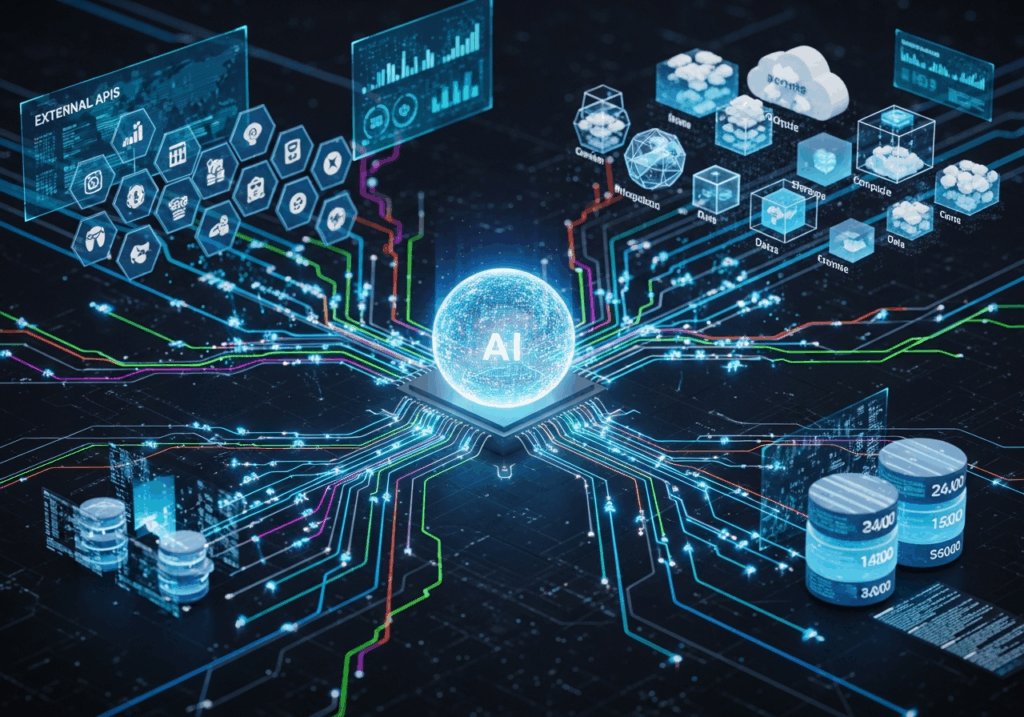
True power in modern AI systems comes from their ability to connect with a vast ecosystem of external resources. This integration transforms a capable assistant into a comprehensive powerhouse for information gathering.
The platform seamlessly connects to various data sources and services. This allows it to interact with virtually any information available on the web.
1. Seamless Integration with Browser Automation and Data Extraction
The Browser Use agent handles complex web operations intelligently. It goes beyond simple scraping to navigate sites and extract data like a human.
This capability provides access to real-time information from sources without an API. The system can conduct searches, parse results, and follow links automatically.
For security, a protected Python code execution environment is provided. It features configurable controls to prevent malicious code from running.
2. Leveraging Resources for Expanded Capabilities
A General Tool Calling Agent offers a universal interface for various APIs. It supports function calling to execute specific tasks or retrieve data from external services.
Integration with MCP-compatible tools means you can easily connect internal databases or specialized APIs. This eliminates the need for custom development work for each connection.
The system even supports advanced multimedia generation. This expands possibilities beyond text to include image and video content.
To fully leverage these powerful integrations, click here to explore documentation. Visit https://skywork.ai/ to access the platform and its full ecosystem of tools.
VIII. Deep Analysis Techniques and Web Search Strategies
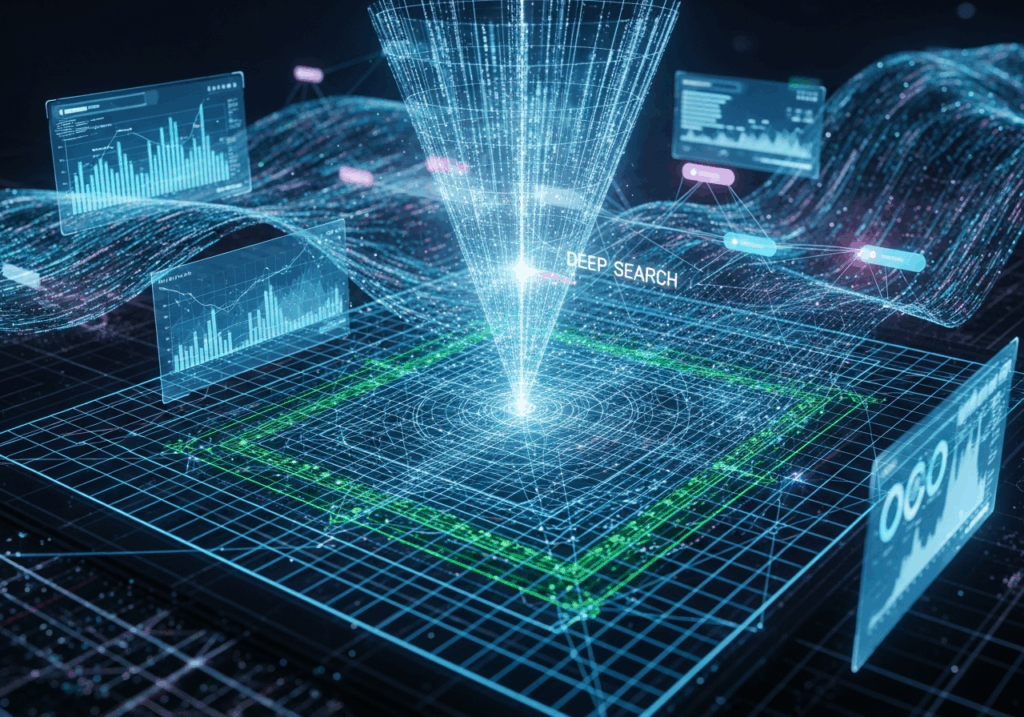
The evolution of web search strategies now enables systematic investigation rather than simple information retrieval. Modern approaches combine sophisticated analysis with intelligent data extraction to deliver comprehensive insights.
1. Effective Data Extraction for Comprehensive Insights
Advanced analysis techniques go beyond basic data collection. The system employs pattern recognition to identify meaningful connections across diverse sources. This approach ensures relevant details are captured while filtering out noise.
Effective data extraction requires understanding context and relationships. The framework uses multiple tools including APIs and specialized code for optimal results. This comprehensive method builds understanding from fragmented information.
2. Dynamic Research and Automated Reporting
Dynamic execution allows the system to adjust search strategies in real-time. It follows promising leads while abandoning unproductive paths. This adaptive approach mirrors experienced human investigation methods.
Automated reporting represents a significant efficiency gain. The system generates complete research reports with proper citations and logical organization. This saves time while maintaining high-quality output standards.
The framework implements smart context management strategies. These ensure focused analysis remains cost-effective during extensive sessions. The result is comprehensive insights delivered through coordinated tool execution.
IX. Mastering the Research Process: Strategies and Execution
The true power of modern analytical systems lies in their ability to deconstruct complicated problems into logical sequences. This approach transforms overwhelming challenges into organized workflows that deliver comprehensive results efficiently.
1. Breaking Down Complex Tasks into Manageable Steps
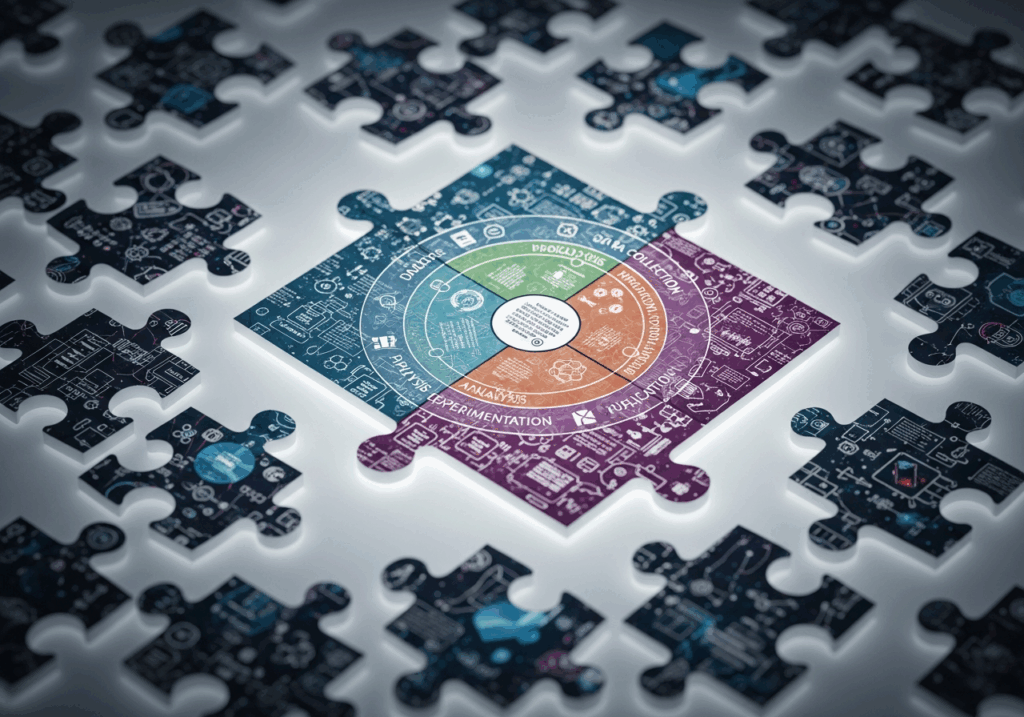
The Planning Agent serves as the strategic brain of the operation. It analyzes your query and identifies all necessary components for thorough investigation.
This task decomposition process creates a structured plan with clear objectives. Each step addresses a specific aspect of the overall question systematically.
For competitive analysis, the system might break this into company identification, financial assessment, and product comparison. This methodical approach ensures no critical element gets overlooked.
2. Coordinated Agent Collaboration for Automated Execution
Multiple specialized agents work simultaneously on different aspects of your investigation. The top-level coordinator manages information flow and prevents duplication.
When comparing three products, the framework spawns three separate agents. Each one conducts independent investigation before synthesizing findings.
The system uses automated execution to determine what information it needs. It then selects appropriate tools and search strategies to retrieve that data autonomously.
This coordinated approach enables massive parallel processing. You get comprehensive results in hours instead of days or weeks.
X. Maximizing Efficiency with Skywork’s Tool Ecosystem
Having the right tool for the job is only half the battle; managing them effectively is what unlocks true efficiency. A powerful platform coordinates a vast library of specialized capabilities, from simple API calls to complex multi-step workflows.
The MCP Manager Agent acts as the central orchestrator for this entire ecosystem. It handles dynamic discovery, registration, and execution of tools using the Model Context Protocol standard.
1. Tool Retrieval, Creation, and Lifecycle Management
Finding the right tool is fast and smart. An intelligent keyword pre-filtering strategy quickly matches your tasks with the most relevant options from the library. This avoids the cost of checking every single tool.
When a specific need arises, the system can even create new MCP-compliant tools automatically. This process involves intent analysis, code synthesis, and multi-stage validation for reliability.
Lifecycle management ensures tools remain dependable. Comprehensive versioning and tracking maintain backward compatibility when tools are updated. The registry persists across sessions, continuously expanding the system’s capabilities.
2. Ensuring Compatibility Across Diverse Research Applications
Standardized MCP protocols are key to broad compatibility. They allow tools developed for one domain, like financial analysis, to be useful in others, such as scientific investigation.
Careful validation tests tools across various scenarios. This ensures that video generation tools, web search APIs, and database connectors all work together seamlessly. The result is a comprehensive toolkit ready for any project.
XI. Navigating Challenges and Opportunities in Deep Research
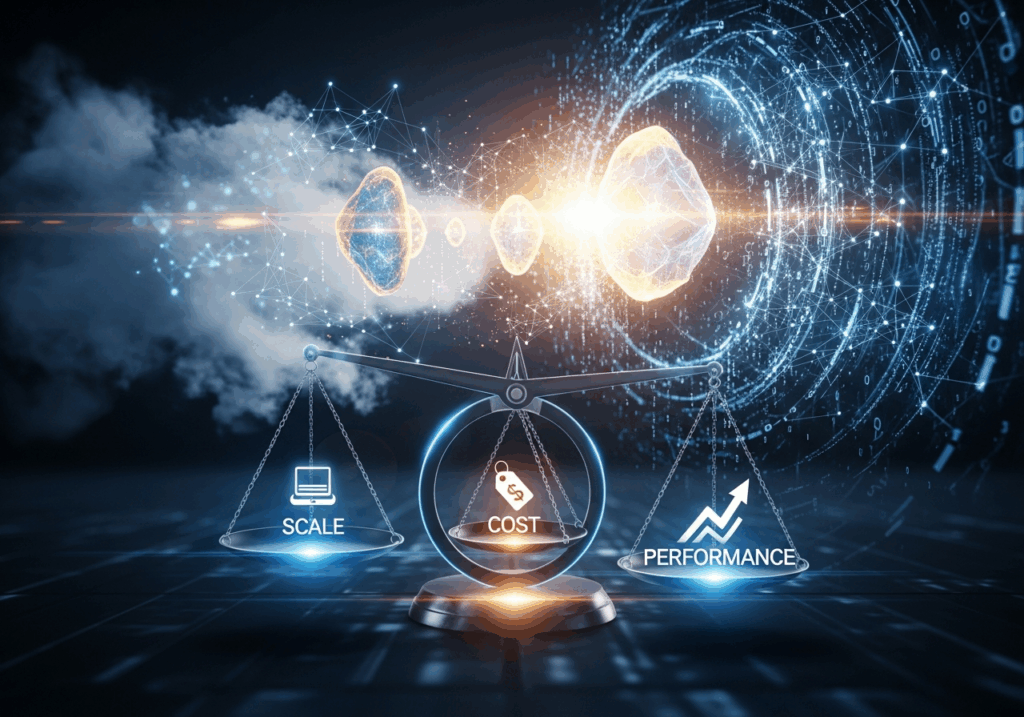
While advanced AI systems offer incredible analytical power, they also introduce practical challenges that require smart management. Organizations must balance these considerations to maximize their investment in intelligent technology.
Managing Costs and Resource Efficiency in High-Demand Environments
Cost management represents one of the most immediate challenges. Multi-agent systems can consume significantly more resources than basic AI interactions. One study found some systems used 15 times more computational resources.
Resource efficiency requires aggressive optimization strategies. Effective architectures implement strict budgets and compress unnecessary information. This prevents runaway costs during complex investigations.
Time efficiency becomes crucial when coordinating multiple agents. Poorly designed systems can waste time with duplicated work. They might pursue unproductive paths that don’t contribute to final objectives.
Reliability challenges emerge at larger scales. Early systems sometimes got lost in complex tasks or duplicated efforts. Modern architectures have improved, but coordination remains an engineering challenge.
Security represents serious considerations when granting system access. These agents inherit security risks from their underlying technology. They also introduce classic software vulnerabilities through tool use.
Control mechanisms need careful design to prevent manipulation through malicious content. Organizations must set clear boundaries on what information agents can access. This ensures proper data protection.
Performance optimization requires balancing depth against practical constraints. You want comprehensive analysis but need completion within reasonable time frames. This balance is key for real-world applications.
Despite these challenges, the opportunities are immense for organizations that navigate them effectively. The analytical capabilities would be impossibly expensive with traditional methods. Smart management makes these systems incredibly valuable.
XII. Future Prospects and Innovations in AI-Driven Research
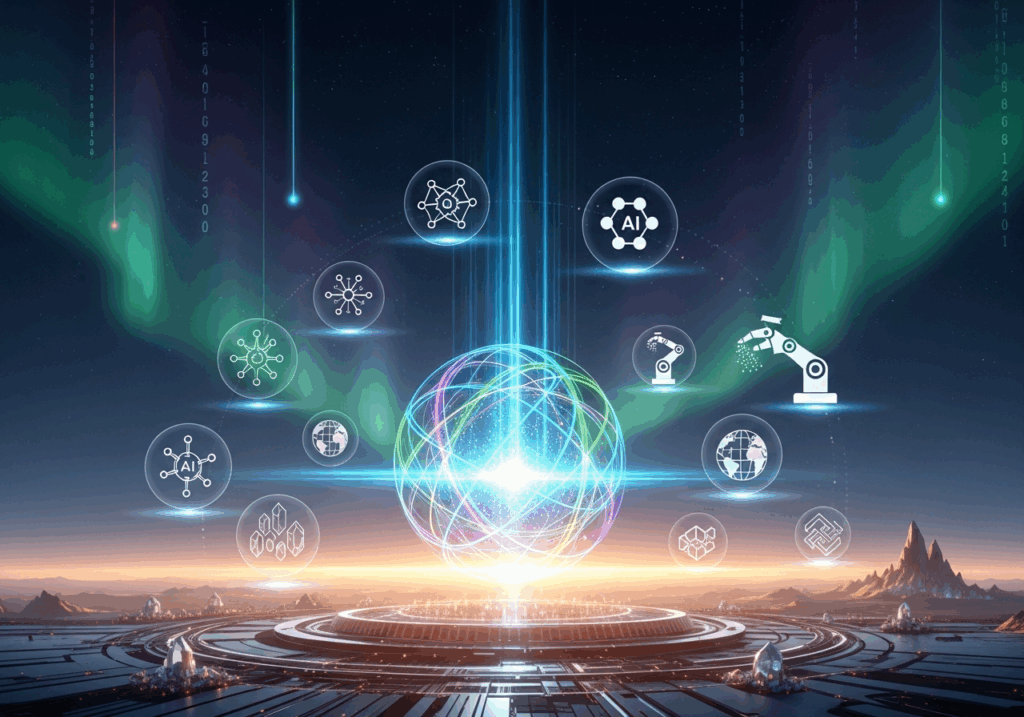
Next-generation analytical platforms are breaking new ground in how machines process complex information. The integration of Computer Use and MCP Manager Agent enables pixel-level browser control. This represents a significant leap forward for intelligent systems.
1. Emerging Trends in Multi-Agent System Architectures
Multi-agent frameworks are evolving toward greater autonomy. These systems demonstrate remarkable evolutionary capabilities. Agents can dynamically acquire new skills through learning and adaptation.
The latest performance results show impressive benchmarks. Test sets average 83.39 while validation sets reach 82.4. This indicates strong reasoning capabilities across diverse tasks.
Modern language models like GPT-4.1 and Gemini 2.5 Pro support native function-calling. Claude-3.7-Sonnet also offers advanced analytical abilities. The framework supports various model sizes including Qwen 2.5 series.
2. Advancing Research Capabilities Through Continuous Learning
Continuous learning mechanisms allow agents to build on past investigations. They recognize when current tasks relate to previous work. This prevents starting from scratch each time.
The MCP ecosystem continues expanding with more tools and integrations. Each addition enhances the research capabilities available to agents. This creates increasingly sophisticated analytical systems.
Future innovations will focus on reliability and accessibility. Non-technical users will benefit from these advanced research tools. The potential for complex problem-solving continues to grow.
XIII. Wrapping Up Insights and Embracing Next Steps
The transformative potential of multi-agent frameworks is now within your reach for real-world projects. This exploration has shown how intelligent systems can revolutionize your approach to complex questions.
Deep research represents a fundamental shift from manual information gathering. These systems deliver comprehensive results through coordinated agent collaboration.
Your next step should be practical action. Start with manageable projects to understand the capabilities. Then progressively tackle more complex investigations.
The content and insights generated by these tools provide genuine competitive advantages. Proper deep research yields remarkable results that would take human teams much longer.
Remember that these systems work best with human guidance. Your strategic direction ensures the research delivers maximum value for your specific needs.
FAQ
1. What exactly is the Deep Research Skywork?
It’s a sophisticated AI system that uses multiple intelligent agents working together to perform complex information analysis. Think of it as a team of specialized digital researchers that can understand context, search the web, and synthesize data far beyond simple keyword matching.
2. How does the agent-based framework improve research?
By using a hierarchical structure, different agents can handle specific parts of a task. One might manage the overall plan, while others execute web searches or analyze data. This coordination leads to more thorough and reliable results than a single AI could produce alone.
3. What is the Model Context Protocol (MCP) and why is it important?
The MCP is a standardized way for AI models and external tools to communicate. It ensures that different components, like a web browser or a database, can work together seamlessly within the system, greatly expanding its capabilities for real-world tasks.
4. Can this system integrate with other software and data sources?
Absolutely. It’s designed to connect with various APIs and tools for browser automation, data extraction, and more. This allows it to pull information from live web pages, databases, and other applications to provide up-to-date insights. You can explore available resources at https://skywork.ai/.
5. What kind of tasks is the Skywork AI best suited for?
It excels at complex projects that require gathering information from multiple sources, deep analysis, and summarization. This includes market research, competitive analysis, academic literature reviews, and investigative reporting, where depth and accuracy are critical.
6. How does it manage the cost of running such intensive operations?
The system is built with efficiency in mind. Its hierarchical task breakdown and coordinated execution help optimize resource use, preventing unnecessary steps and managing computational costs effectively, even for large-scale research projects.


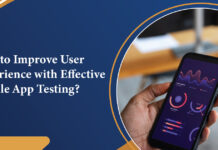

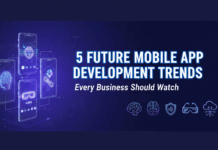






![[SALE OFF] Discount 30% All Premium Extensions On Christmas And New Year 2025 christmas-and-new-year-2025](https://landofcoder.b-cdn.net/wp-content/uploads/2024/12/christmas-and-new-year-2025-1-218x150.png)




